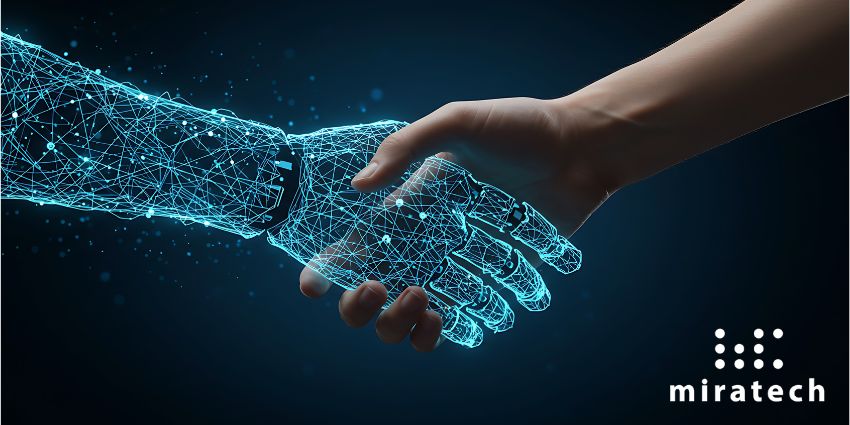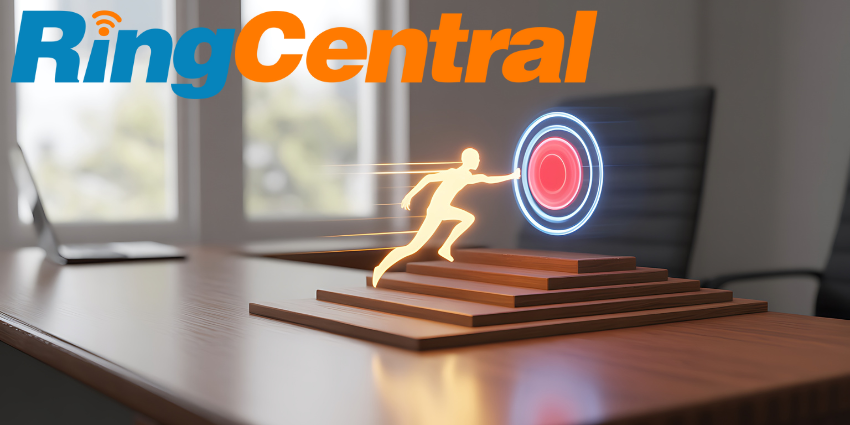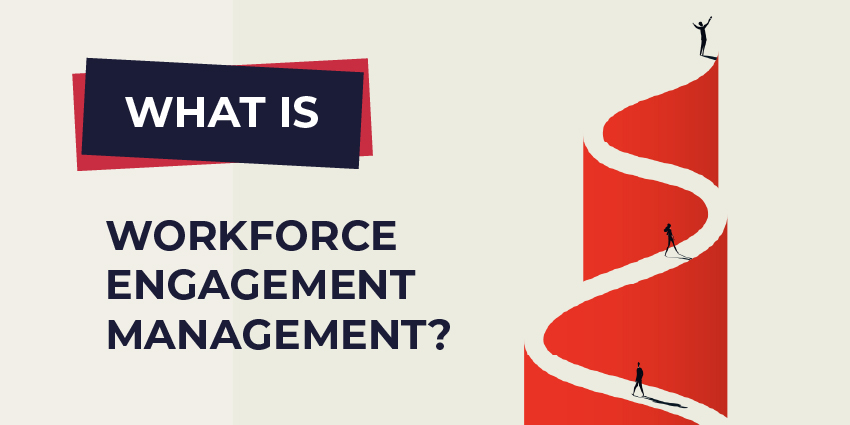Companies rushing to adopt AI often face a deceptively simple question: when is a project really ‘done’?
The traditional mindset of deploy, hit ROI targets, and move on doesn’t always work here.
As Erik Delorey, Director of Innovation at Miratech, puts it when describing the problems of legacy approaches to tech investments:
“You invest this money, you get this ROI, and then you move on to the next project.
“And what happens in AI systems that aren’t maintained, optimized, or reinvested in? They’re going to drift.”
One problem is that AI isn’t just a piece of software; it’s an ongoing partnership between machine learning and human learning.
The technology continues to evolve, but the people using it often don’t.
Budgets get approved for deployment, yet follow-up training rarely happens.
As a result, systems continue to improve while the humans using them fall behind, creating a slow, almost invisible decay from that initial ‘wow’ moment when ROI looked promising.
Continuous Attention, Not One-Off Projects
For Delorey, it doesn’t matter whether you call it ongoing development, iterative deployment, or regular optimization; without “constant attention and investment,” your AI deployment will stall.
For CX leaders, the takeaway is simple: AI projects aren’t checkboxes; they’re living systems that need technical upkeep and human support to thrive.
And one of the keys to maintaining a healthy AI lifecycle is transparency.
“Getting reasoning visibility right is crucial,” Delorey explains.
“If your platform doesn’t offer it out of the box, push the vendor or build a custom solution. You need to see how key decisions are made.”
This isn’t just a technical nicety; it’s how organizations can spot gaps, adjust outputs, and make sure AI evolves with customer needs.
Reviewing reasoning data every two to three months, monitoring performance metrics, and retraining staff keeps the human-machine partnership alive.
Delorey suggests thinking of AI like a car: skip the oil changes, and you’ll pay later. Skip data updates, agent training, or attribute reevaluation, and the same principle applies.
Yet budgeting for ongoing AI investment is often the most challenging part. Initial ROI is easy to justify, but continuous improvement often gets overlooked, as Delorey explains:
“Companies get into subscription models to avoid annual maintenance fees, but where’s the 15% that should go back into continuous improvement?”
AI ROI as a Journey
At its core, AI implementation is no different from any other investment. When you get past all the bells and whistles, what businesses really want to see is how it impacts the bottom line.
The challenge with AI is that its ROI often isn’t as apparent as other tools; it isn’t a single payoff, it’s a journey.
While stage one might deliver some immediate results, stages two and three are where the real impact often emerges, through refinement, learning, and optimization.
Companies that embed this mindset into their procurement, project design, and leadership culture are far more likely to get lasting value out of their AI deployments and help employees grow alongside the technology.
This is the philosophy Miratech applies to its services.
By combining technical support with human training and iterative improvements, they ensure AI deployments stay aligned with business goals.
AI becomes less of a static product and more of a part of a dynamic ecosystem, evolving alongside the people who actually use it.
Asking the Right Questions
Another way in which organizations can maximize the potential of their AI implementations is by remaining skeptical and curious.
Leaders should always ask: how will this platform stay relevant six months from now? How are human insights captured to refine AI outputs? And perhaps most importantly, how can efficiency gains be reinvested to fuel ongoing innovation?
Delorey advises:
“Don’t take the money and run; reinvest for greater rewards.”
These aren’t one-off procurement questions – they’re the recurring checkpoints that keep AI effective and aligned with customer needs.
AI doesn’t fail overnight; it drifts.
But AI thrives when it is refined, adapted, and paired with human growth.
Organizations that embrace this mindset can turn temporary boosts into sustained, transformative impacts.
You can learn more about Miratech’s approach to AI by reading this article.
You can also discover Miratech’s full suite of services and solutions by visiting the website today.







